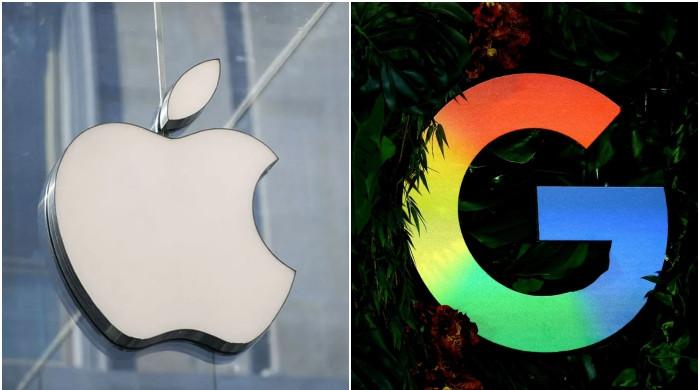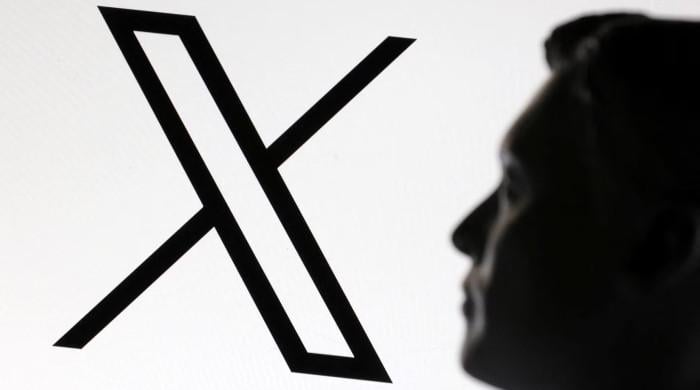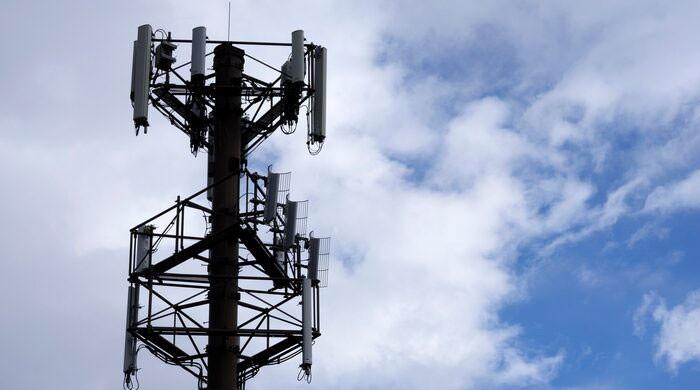Here's what you need to know about coming solar eclipse
The solar eclipse occurs when a new moon blocks the sunlight coming from the center of Earth and the Sun
March 15, 2024
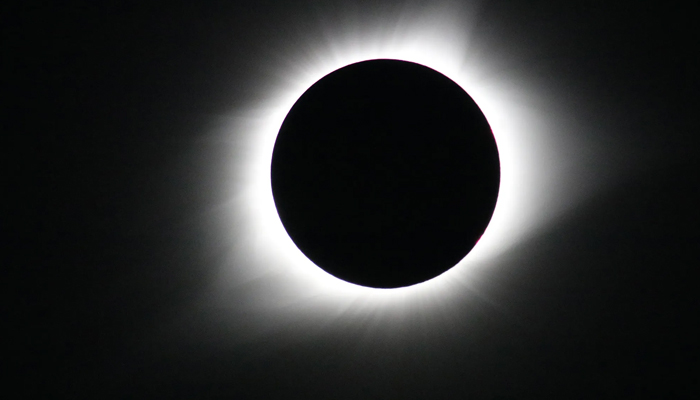
An important and mesmerising event is approaching for skygazers next month as the moon will be blocking the sunlight plunging millions of people into the dark across North America.
This solar eclipse is said to be a large one as it will extend from Mexico’s Pacific Coast touching 15 states from Texas and stretching all the way to the Canadian Newfoundland.
The event occurs when a new moon blocks the sunlight coming from the center of Earth and the Sun. As a result, the shadow of the moon falls on our planet.
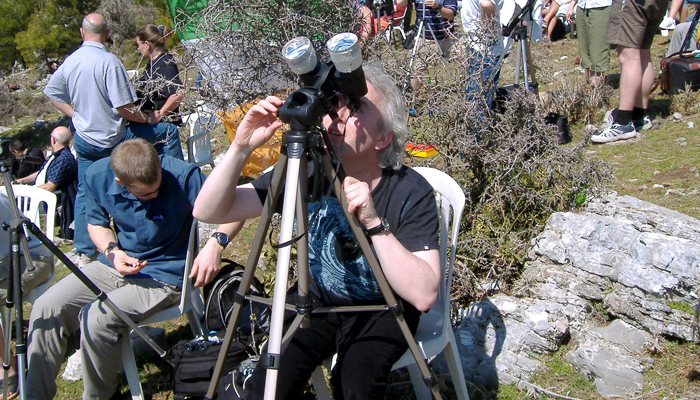
This is a rare event and takes place every one to three years. This time it is on April 8, 2024.
What happens in solar eclipse?
Typically, solar eclipses are only visible from the poles of the earth or from the middle of the ocean.
One of this kind occurred in 2017 when large swathes of areas suffered darkness amid a solar eclipse — covering 62 to 71 miles of area.

“Amazing things happen too,” NBC10 First Alert Weather meteorologist Justin Godynick said, adding that “animals that are normally coming out at night begin to come out during the eclipse. Crickets will start to chirp and it gets colder because the sun is blocking.”
How to see solar eclipse?
- Do not look at the sun directly.
- The normal sunglasses are not enough for sufficient protection.
- View only with an approved solar glass.
- You can see it by projecting the sun’s image with a pinhole or binoculars.
- Welders goggles or masks can also be used to see solar eclipse.
What is after solar eclipse 2024?
The next event will be taking place on August 12, 2026, and can be seen in Greenland, Iceland, Spain, Russia, and Portugal.





